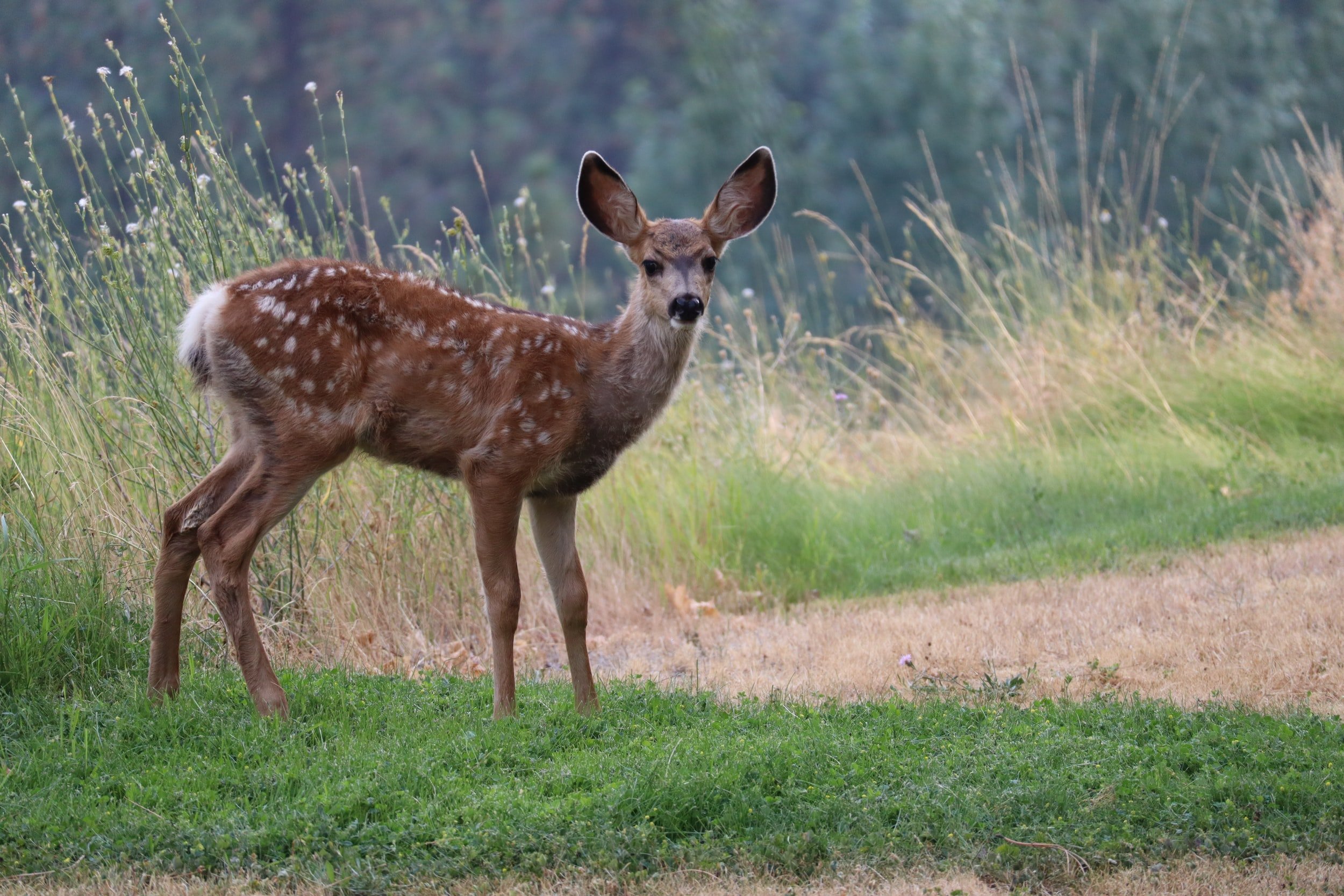
Gayogohó:nǫˀ Language
About the Language
As of 2022, the Gayogohó:nǫˀ (Cayuga) language is spoken as a first language by fewer than a dozen people at Ohswé:gęˀ (Six Nations of the Grand River reserve in Canada) and around Cayuga Lake in New York State. It is related to the other Hodinǫhsǫ́:nih languages of Onǫdawáˀga:ˀ (Seneca), Onǫdagehó:nǫˀ (Onondaga), Onę́yotga:ˀ (Oneida), Ganyę́gehó:nǫˀ (Mohawk), and Dahsgaó:węˀ (Tuscarora), as well as Wendat (Huron), Wandat (Wyandot), and Cherokee.
Gayogohó:nǫˀ is unrelated to English or any other Indo-European languages. It is structured quite differently and is more grammatically complex than English. Words may be comprised of many different parts, and the language includes very few stand-alone nouns. This feature allows Gayogohó:nǫˀ to be a very descriptive language.
Take, for instance, the word dewáhǫhde:s, which means deer. This word is comprised of the parts de-, which means “two,” -wa-, which means “it,” -hǫhd-, which means “ear(s),” and -es, which means “long.” Therefore, dewáhǫhde:s would literally translate as: "It has two long ears," which is a fitting description of a deer.
What Do Those Symbols Mean?
The Gayogohó:nǫˀ language is written using a few symbols that may be strange to monolingual English speakers, but each one is important.
When an accent is placed over a vowel, like the "ó" in "Gayogohó:nǫˀ," it means that that syllable is said with a higher pitch than other syllables. This is a little like stressed syllables in English.
A colon (:) is a slow-marker. The vowel it follows is slower or extended longer than other vowels.
The curl or angle under some vowels, "ǫ" or "ę," means that those vowels are nasalized. Nasal vowels are produced with air moving through the nose, similar to if they had an "n" after them. A plain "o" sounds like the vowel in "so," but an "ǫ" sounds more like in "sewn;" a plain "e" sounds like the vowel in "day," but "ę" is more like "den."
When a vowel is underlined, that means it's a ghost vowel or devoiced vowel. This means it's sort of whispery, very short and quiet—so much that you can't really hear it.
Finally, the ˀ is a glottal stop, the same sound as in the middle of the word "kitten," when pronounced without touching your tongue to the roof of your mouth. This sound may sometimes also be typed with an apostrophe, but it's better to write it with a sharp angle or the glottal stop diacritic, which looks like a raised (and smaller) question mark missing the dot.
Explore Further
Check out these great resources to practice Gayogohó:nǫˀ pronunciation and learn more about Gayogohó:nǫˀ language and history.
Hear the pronunciation of Gayogohó:nǫˀ words on the website of the Ohwęjagehka: Haˀdegae:nage:
Try out the Speak Cayuga app on your smartphone or tablet.
Watch a presentation about the Gayogohó:nǫˀ language by Stephen Henhawk at the History Center in Tompkins County.
Listen to Stephen Henhawk and Michelle Seneca speak about Gayogohó:nǫˀ revitalization on the Permaculture Podcast.
Read “Linguistic Clues to Iroquoian Prehistory,” in the Fall 2017 issue of the Journal of Anthropological Research.
Consult A grammar and dictionary of Gayogo̱hó:nǫʔ (Cayuga) (2024) for an in-depth presentation of the linguistic roots of the Gayogo̱hó:nǫʔ language by Gayogo̱hó:nǫʔ teachers Frances Froman, Alfred Keye, and Lottie Keye and linguist Carrie Dyck.

